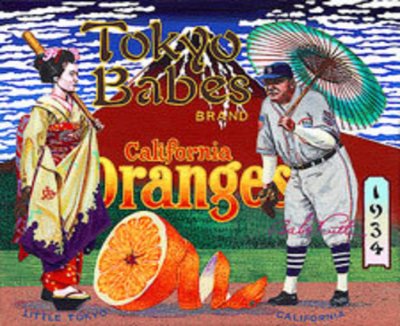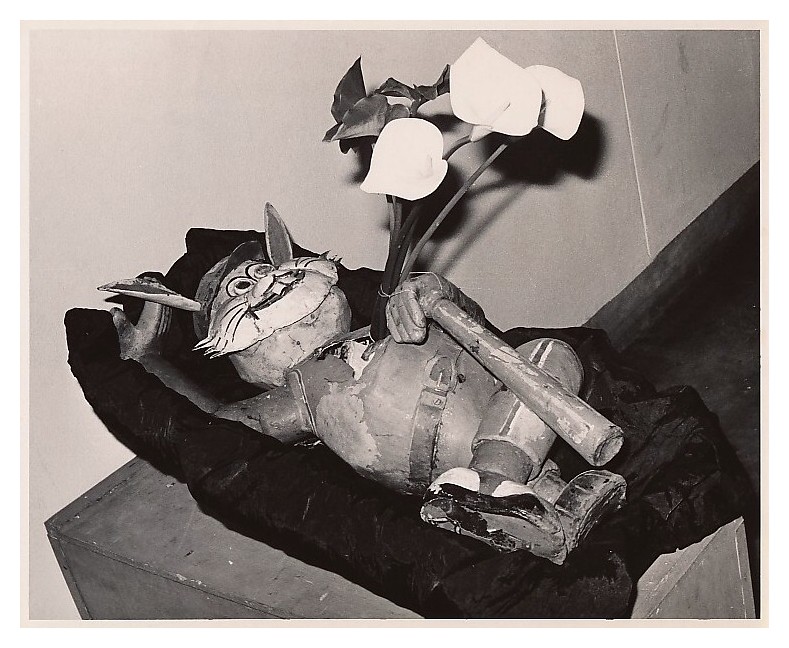LizzieMaine
Bartender
- Messages
- 34,183
- Location
- Where The Tourists Meet The Sea
And speaking of The Old Lady of Gaffney Street, here's an excellent view of the Braves Field scoreboard in 1949 -- it was the most modern and impressive board in baseball when it was installed in 1948, just in time for the Braves' last Boston pennant. But they only used it for four seasons before heading to Milwaukee, and the new owners of Braves Field, Northeastern University, sold the scoreboard to the Kansas City Athletics in 1955. It remained in use at KC Municipal Stadium until 1972.

Same board at KC Municipal Stadium in the late sixties, in football configuration.

The "Fan O Gram" panel was added by Charlie Finley for the A's in 1961, in imitation of a similar panel installed the previous year by Bill Veeck at Comiskey Park. Finley often used the panel to announce "THAT WOULD HAVE BEEN A HOME RUN IN YANKEE STADIUM" as a way of criticizing the short right-field line at the Yankees' park.
Finley also imitated Veeck's "exploding scoreboard" idea by installing several artillery mortars behind the board, from which huge fireworks displays were launched to commemorate the rare occasions when an Athletics player would hit a home run. To top it off, he bought a surplus steamship horn, which he claimed came from the Queen Mary, and would let loose with a deafening blast from it to mark homers and A's victories. The neighbors, to say the least, were not amused by this.

Same board at KC Municipal Stadium in the late sixties, in football configuration.

The "Fan O Gram" panel was added by Charlie Finley for the A's in 1961, in imitation of a similar panel installed the previous year by Bill Veeck at Comiskey Park. Finley often used the panel to announce "THAT WOULD HAVE BEEN A HOME RUN IN YANKEE STADIUM" as a way of criticizing the short right-field line at the Yankees' park.
Finley also imitated Veeck's "exploding scoreboard" idea by installing several artillery mortars behind the board, from which huge fireworks displays were launched to commemorate the rare occasions when an Athletics player would hit a home run. To top it off, he bought a surplus steamship horn, which he claimed came from the Queen Mary, and would let loose with a deafening blast from it to mark homers and A's victories. The neighbors, to say the least, were not amused by this.









